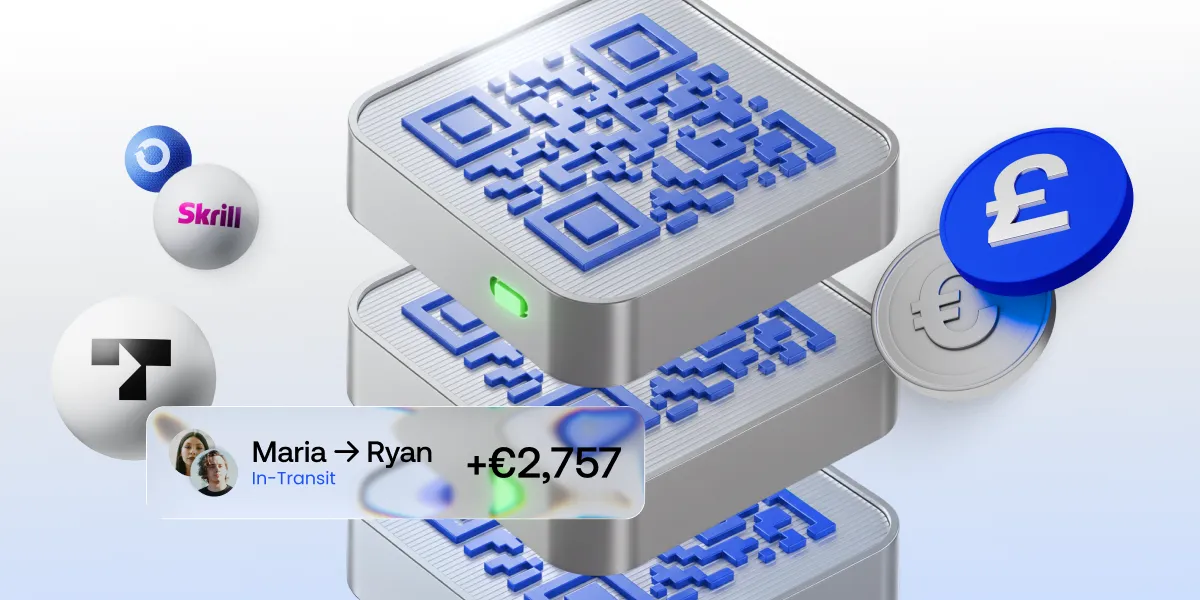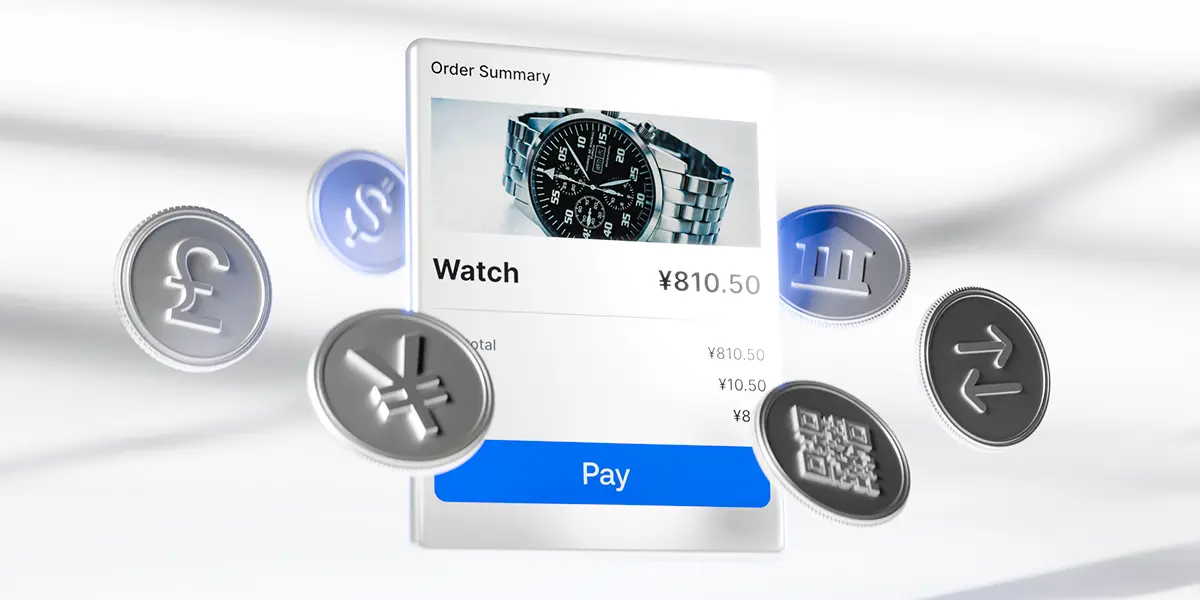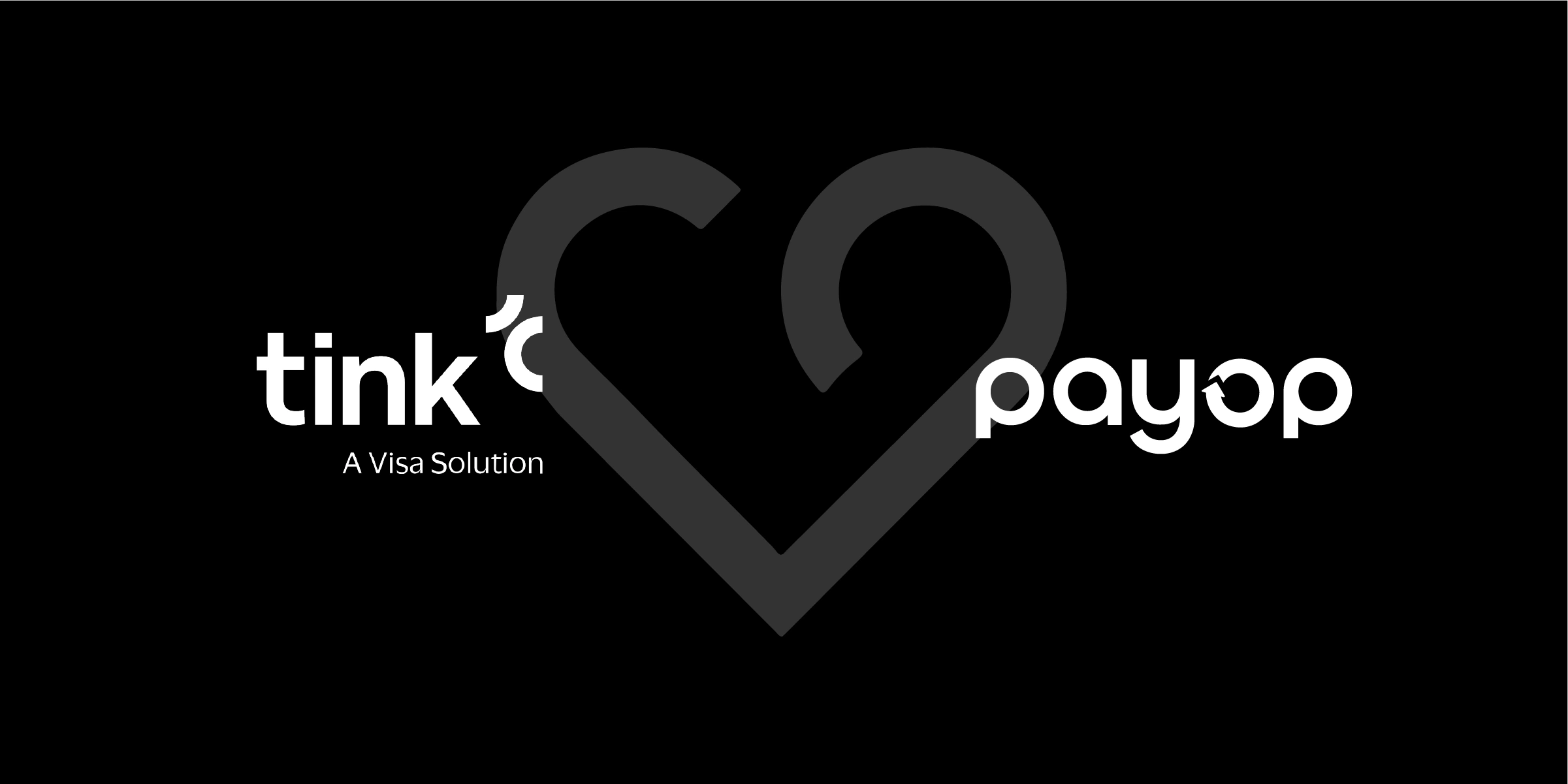How to adapt your payment strategy for entering new markets

Expanding into new markets is a growth opportunity – but it’s also a financial and operational challenge. One of the most underestimated factors is payments. A strategy that works at home may not fit new customer expectations abroad. Misaligned payment options can cause friction, lost sales, and compliance risks.
This guide will walk you through how to adapt your payment approach when entering new regions, with practical steps to help you succeed.
1. Start with market research
Before you even think about integration, you need to understand how people in your target market pay. Payment habits differ not just between continents, but between neighbouring countries:
- Europe: Bank transfers, such as Sofort and Giropay, dominate in Germany, while in the Netherlands, iDEAL is the top method for online purchases.
- Asia: In China, wallets like Alipay and WeChat Pay account for over 80% of online payments. In India, UPI has overtaken cards and wallets.
- Latin America: In Brazil, the instant payment system Pix handles billions of transactions monthly, while Mexico relies heavily on SPEI transfers and OXXO cash vouchers.
- Middle East & Africa: Mobile money services like M-Pesa are critical in countries where many consumers remain unbanked.
To find your payment methods, analyse reports, speak to potential customers and partners, or simply find a reliable payment service provider with experience in the region. A one-size-fits-all approach is a recipe for failure.
2. Offer transparent currency and pricing options
Pricing in unfamiliar currencies is one of the fastest ways to lose a potential customer. Shoppers want clarity and confidence at checkout, and that means displaying prices in their local currency. Adding hidden conversion fees or showing final amounts only after payment can damage trust and increase cart abandonment.
To adapt effectively:
- Enable multi-currency pricing so customers see familiar amounts throughout their journey.
- Be upfront about fees – if currency conversion or additional charges apply, make it clear before payment.
- Exchange rates: Work with providers offering competitive FX rates, especially if exchange volatility is high.
Run simulations of how exchange rate changes could affect your margins. Even a small fluctuation can cut into profits.
3. Understand local regulations
Each region has its own rules on how money can move, how customer data must be handled, and how fraud is prevented. Ignoring these requirements can lead to declined transactions, blocked accounts, or even fines.
Key areas to pay attention to include:
- Licensing: Some countries require foreign businesses or payment providers to hold a local licence, or to partner with an authorised institution.
- Customer verification (KYC/AML): Know Your Customer and Anti-Money Laundering checks are mandatory everywhere, but the depth and process vary. Some markets demand video verification, while others accept ID uploads.
- Data protection: Europe enforces GDPR, Brazil has LGPD, and many countries are tightening privacy laws. If you collect payment details, you must store and process them according to local rules.
- Transaction authentication: Every country requires measures to confirm that the payer is genuine. In the EU, this takes the form of Strong Customer Authentication (SCA) under PSD2. In other markets, it may mean one-time passwords (OTPs), biometric checks, or wallet-based authorisation.
Map out the regulatory framework for each target market before launching. Partner with payment service providers that already meet licensing, AML, and authentication requirements so you can enter new regions quickly and without unnecessary risk.
4. Localise your checkout experience
Checkout is the final, critical step where trust is either won or lost. A clunky, unfamiliar flow kills conversions.
Make sure you cover all the main aspects:
- Design and layout: Address forms, postal codes, and phone number formats differ by country. Adapting these fields avoids failed payments and frustration.
- Payment method display: Show logos and icons that local customers recognise. Global card brands alone won’t be enough.
- Language and messaging: Customers are more likely to finalise a purchase if checkout instructions, error messages, and confirmation emails are in their language.
- Trust signals: Local security badges, SSL certificates, and payment provider logos can ease doubts.
Test your checkout. Walk through every step, from selecting a payment method to receiving confirmation. Small adjustments, like adding a familiar payment logo or rewriting error messages, can dramatically improve conversion.
5. Plan for settlement times
Fast payments don’t always mean fast settlements. Some methods are instant, others take days:
- Instant: Pix in Brazil, UPI in India, Pay by Bank in the UK and EU.
- 1–3 days: Card payments, depending on the acquirer.
- Up to a week: Some cash-based methods like vouchers.
Calculate how different settlement cycles affect your ability to ship orders, process refunds, or fund payouts. Prioritise methods that align with your business model.
6. Strengthen risk and fraud management
Fraud patterns vary by region. What’s common in one market may be rare in another:
- High chargeback regions: E-commerce in Europe sees high rates of friendly fraud.
- Voucher fraud: Common in markets with broad adoption of cash-based payments.
- Account takeovers: A growing risk in regions where mobile money dominates.
Implement flexible fraud rules and AI-driven monitoring that adapt to local behaviours. Don’t just block suspicious transactions, analyse patterns to refine rules without harming conversion.
7. Prepare for operational complexity
Entering new markets adds more than just new payment methods – it also creates extra work behind the scenes. These two areas usually cause the most friction:
- Reconciliation: Different methods come with different reports, payout schedules, and codes. Look for providers that offer one dashboard with automated reconciliation to keep things simple.
- Customer support: Buyers want help in their language and during their hours. A support team based only in your home market may fall short.
Before expanding, check how your provider handles these areas. Smooth operations are just as important as a smooth checkout.
Expand with Payop
Selecting the right payment service provider that will meet all your needs can be a tricky task. At Payop, we try to achieve just that. With 200+ payment methods, coverage across 170+ countries, multi-currency support, and advanced anti-fraud protection, we help businesses expand confidently into new markets while keeping payments smooth, secure, and customer-friendly.









